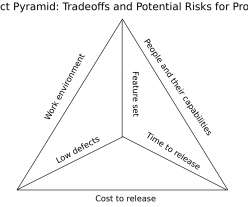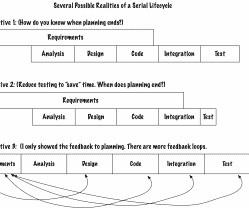What Lifecycle or Agile Approach Fits Your Context? Part 6, Create Your Agile Approach
Johanna Rothman
OCTOBER 20, 2020
I discussed the origins of the agile approaches in Part 5. In this post, I'll discuss how you can create an agile approach that fits your context. Why should you create your own agile approach? Because your context is unique to you, your team, project, product, and culture. Remember, an agile approach starts with a team.

























Let's personalize your content